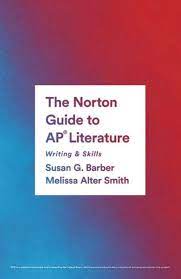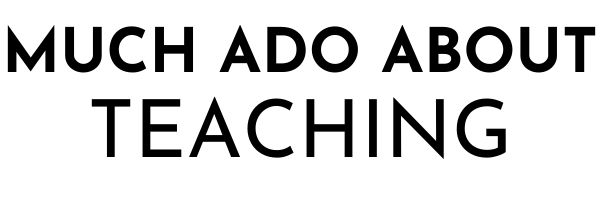Today’s post is written by Brian Hannon. If you’re familiar with Brian through LMS Curriculum, you already know the quality of his resources are AMAZING, and this unit is no exception. The entire unit is linked at the end of his reflection on it. Thank you, Brian!!
Pretty much every year prior to this one, I never really spent any time in class on the Personal Narrative/College Essay and focused my energy mostly on analytical writing. As November loomed, though, I found my students becoming increasingly stressed, begging for just ONE day to simply work on their personal narratives in this class. So, this year, I wanted to see if I could somehow organically integrate it into my curriculum without “disrupting” any of the other units.
This year, I started the year differently, focusing on pieces of short fiction as a means to segue into a Personal Narrative/College Essay Unit. The pieces I chose were all compositionally similar in nature to what students could expect from a personal narrative: a complete “arc,” economy of language, some form of change or growth by the piece’s conclusion, etc.
I started this unit by simply going over what constitutes a complete “story” by looking at Dan Harmon’s (from Rick and Morty fame) Story Circle, then zooming in on a few of the specific devices that comprise strong storytelling: diction, selection of detail, and syntax. Once we’ve gone through the devices, the students write a timed essay on a piece of flash fiction – either Pilar Garcia Claramonte’s “My Daughter the Wolf Therian” or John Smollens “Possession(s),” which gives them to analyze a piece of fiction similar in nature to what they will be tasked with producing in their own personal narrative/college essay. The following class, I walk them through an “Introduction to the College Essay” Hyperdoc (which contains advice/resources from a number of different outlets), we go over the parameters of the assignment, and then I give them time to write!
By unraveling the elements of sound storytelling and giving them dedicated time to understand the nuances of the genre, my students – at least from what I’ve seen thus far – have been much more introspective about the more technical elements of their own writing than I’ve seen before. I’ve also seen them asking more pointed questions about their personal narratives, straying from the questions I typically receive: “Is this a good topic to write about?” or “Can you read this and tell me it’s good?” My assignment isn’t technically due for another few days, but I have read a few of the narratives that have already been submitted, and they’re much cleaner and more engaging than pieces I’ve read in the past.
Many of the online resources my students have relied on to write these essays, in my opinion, are a bit too vague with their suggestions/advice. These resources, although tremendously insightful, simply give students a vague outline of what they need to do in their essays, e.g. be original, use your authentic voice, show don’t tell, engage the reader, etc.; however, most of them don’t focus on craft, which is what my students typically struggle with the most. They all have amazing truths to tell; they just have a bit of difficulty understanding how to wield their words in the most effective manner.
Storytelling and Personal Narrative Unit

Brian Hannon is the Director of Secondary Curriculum for LMSvoice. He currently teaches AP Literature , AP Language , and English 10 in Alexandria, Virginia. Brian was the co-founder of the poetryN.O.W., and through his involvement with this organization, Brian went on to found the two largest youth poetry events in his area, the Hyper Bole and Louder than a Bomb. When poetryN.O.W. was absorbed by Split This Rock, a non-profit organization in Washington D.C. that meets at the intersection of poetry and social justice, Brian served as their Youth and Education Development Fellow.












